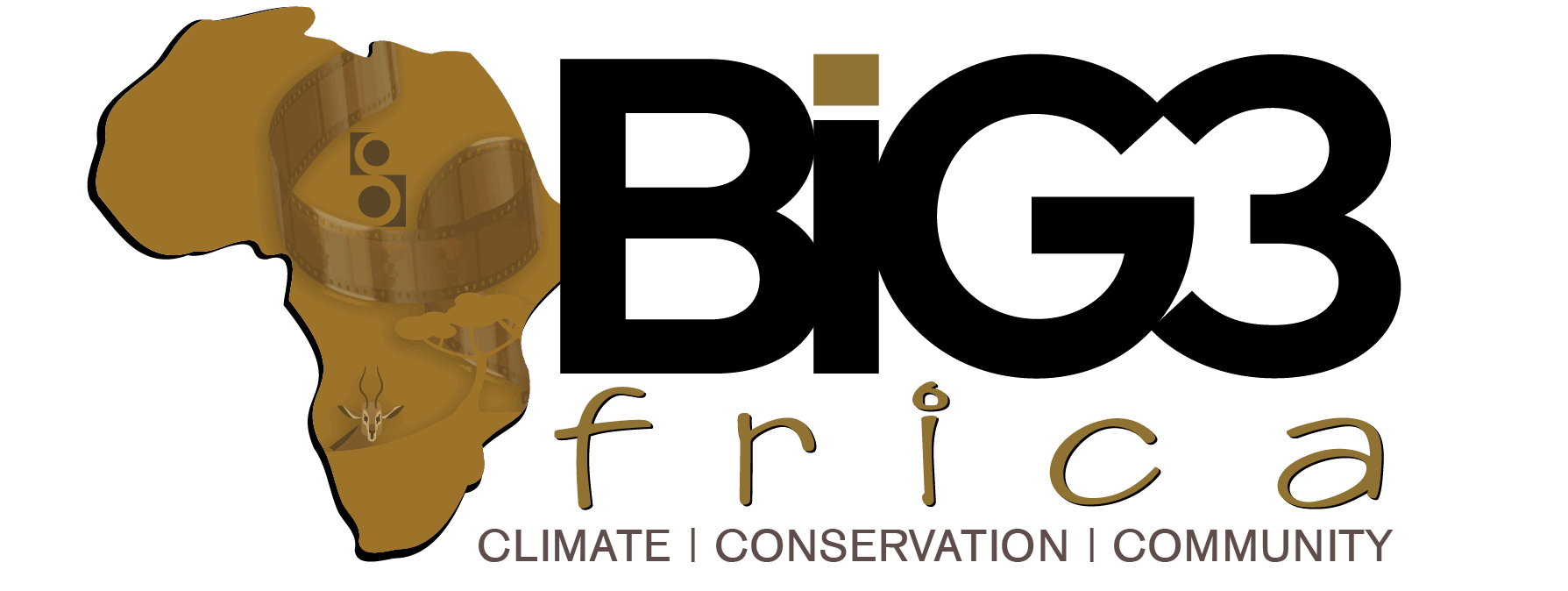A silent crisis is unfolding beneath the surface of Africa’s rivers and lakes. According to a new report by WWF, freshwater fish populations across the continent are plummeting, posing an existential threat to the livelihoods, nutrition, and cultural heritage of tens of millions of Africans.
Published ahead of the Ramsar COP15 wetlands conference in Zimbabwe, Africa’s Forgotten Fishes paints a grim picture: one in four freshwater fish species on the continent are now at risk of extinction. Inland fisheries, deeply embedded in the fabric of life across Africa, are facing a downward spiral that could push already vulnerable communities even further to the margins.
From bustling fish markets in Lagos to traditional fishing boats drifting across Lake Tanganyika, the presence of freshwater fish is not just economic, it’s profoundly social and cultural. WWF’s Regional Director for Africa, Alice Ruhweza, summed it up starkly: “We are dangerously close to losing them.”

The report highlights a wave of deeply troubling statistics. Fish catches in the Zambezi floodplain have dropped by over 90%, while Lake Malawi’s iconic chambo tilapia has seen a 94% decline. Africa now records the highest per capita freshwater fish catch globally, 2.56 kg per person, 28% more than Asia, yet even this may underrepresent the scale of the crisis. Many species remain undescribed by science, meaning some may vanish before they are even discovered.
Shocking Statistic
Shocking Statistic
– Fish catches in the Zambezi floodplain have dropped by over 90%.
– Lake Malawi’s iconic chambo tilapia has declined by 94%.
– Africa’s per capita freshwater fish catch—2.56 kg—is the highest in the world, 28% more than Asia.
Legendary water bodies across the continent are feeling the pressure. The Nile River, spanning over 6,600 kilometers and traversing 11 countries, is home to hundreds of fish species. But pollution, invasive species, overfishing, and dam construction are tearing at the ecological fabric of this vital artery. Lake Tana in Ethiopia, the source of the Blue Nile, is home to the last remaining flock of endemic cyprinid fish on Earth. Nine of these species perform annual spawning migrations, but habitat loss now places many in endangered or vulnerable categories.
Lake Victoria, once a vibrant ecosystem of more than 300 species of colorful haplochromine cichlids, has become a cautionary tale. The introduction of Nile perch in the 1950s, intended to boost commercial fisheries, led to the collapse of many native fish species. Combined with pollution, the spread of invasive water hyacinth, and unsustainable fishing, the lake’s biodiversity has spiraled downward. Although the recent rediscovery of the endemic Lipochromis microdon offers a glimmer of hope, the broader outlook remains dire.
Freshwater fish in Africa are not just about food; they are a lifeline. For millions of families, these fish provide vital protein, income, and cultural identity. As stocks dwindle, the poorest bear the brunt, facing rising food costs and decreased access to essential nutrients.
But the threats are not limited to overfishing and habitat destruction. Rampant sand mining, driven by demand for construction materials, is destroying riverbeds and blocking critical spawning routes. Globally, up to 50 billion tonnes of sand are extracted annually, and Africa’s rivers are increasingly targeted, often illegally.
Climate change is further compounding the crisis. Shifting rainfall patterns, extreme droughts, and rising temperatures are placing freshwater systems under unprecedented stress. Lake Chad, once one of Africa’s largest water bodies, is now a fraction of its former size. WWF warns that by 2050, over 80% of Africa’s freshwater fish species could face dramatically altered, potentially uninhabitable hydrological conditions.

To avert ecological collapse, WWF has issued a Six-Point Emergency Recovery Plan aimed at guiding African governments and international stakeholders. The plan calls for restoring natural river flows by incorporating environmental assessments into dam and water management projects. Water quality must be improved by tackling pollution from agriculture, industry, and poor sanitation. Habitats, including floodplains and spawning areas, must be both protected and restored to safeguard at least 30% of inland waters by 2030.
Additionally, the plan targets the elimination of unsustainable practices such as illegal sand mining and destructive fishing methods like the use of mosquito nets and explosives. Invasive species must be better managed through stricter biosecurity policies, while the protection of free-flowing rivers is deemed essential to maintaining ecological balance and community resilience.
The upcoming Ramsar COP15 conference presents a pivotal moment. WWF is urging policymakers and global leaders to treat Africa’s freshwater crisis as a top priority. It’s not just about biodiversity—it’s about food security, economic survival, and resilience in the face of climate change.
“This isn’t just about fish,” said Ruhweza. “It’s about food security, poverty reduction, and resilience to climate change. Protecting our rivers and lakes means protecting Africa’s future.”
Experts remain hopeful that with decisive action, recovery is still possible. But the window for that action is closing fast.




